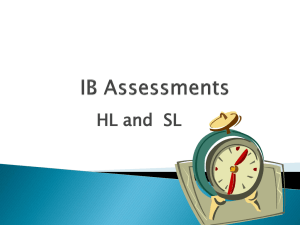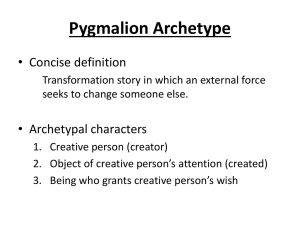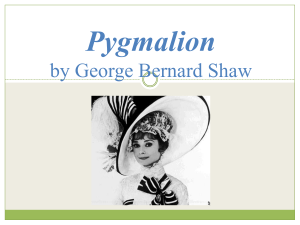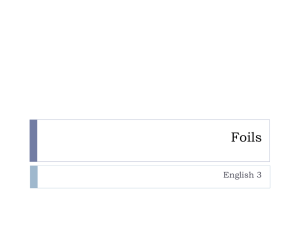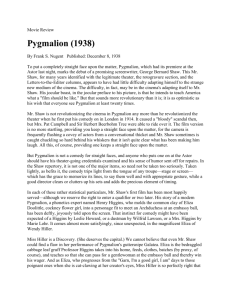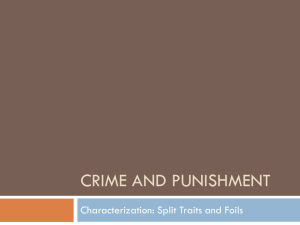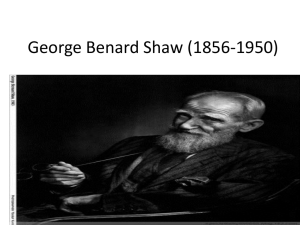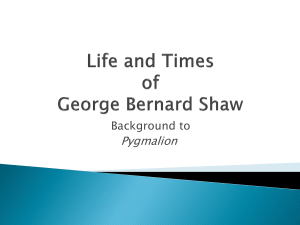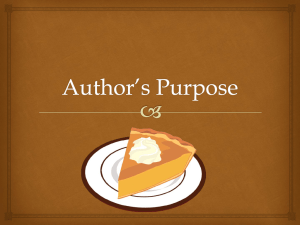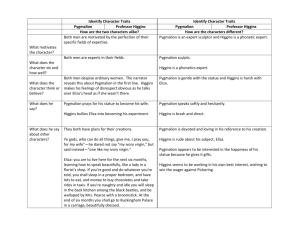Final Exam Preparation: Paper 2
advertisement
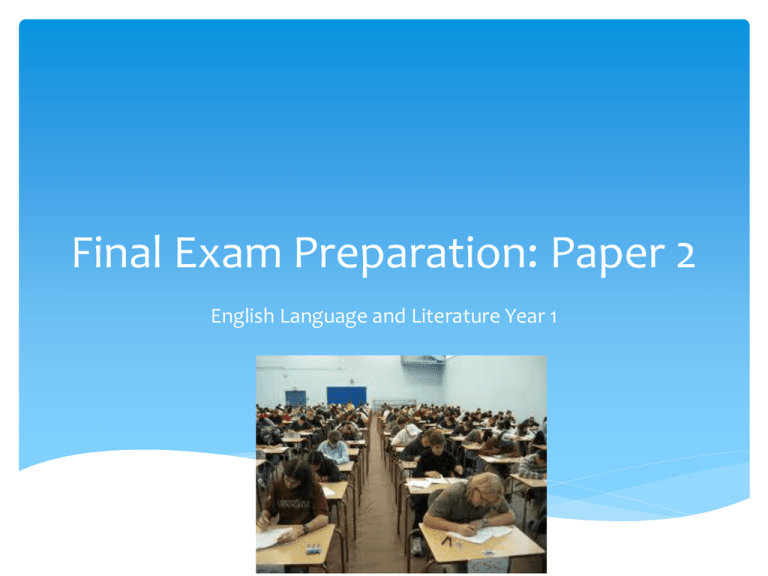
Final Exam Preparation: Paper 2 English Language and Literature Year 1 Paper 2 Six questions about literature Six HL questions Six SL questions Choose the right questions!! Language B: 6-8 personal response questions Based on Part III: Literature in Context Must make reference to at least two works studied in Part III Part III Works G. B. Shaw, Pygmalion F.S. Fitzgerald, The Great Gatsby B. Schlink, The Reader, translated Carol Brown Janeway Brainstorm In a group of three or four, brainstorm some themes and language devices that are evident in your assigned work. Pygmalion The Great Gatsby The Reader Report back to the entire class in ten minutes Pygmalion The Great Gatsby The Reader Choosing Questions Instantly eliminate any question that you think you cannot do. Look for questions that appear logical and straight-forward Look for topics that work well with the Part III works we have studied Prioritize TWO questions that you think you could tackle A sample question Minor characters sometimes play major roles in a piece of literature. Support this statement by explaining why minor characters play a central role in at least two of the literary works you have studied. First tear the question apart: Minor characters Central roles What is the function of these minor characters? How can you turn this into a thesis statement? Think of some examples Mrs. Pearce – Pygmalion, reveals Higgins’s character Jordan Baker – The Great Gastby, foil to Daisy Sophie the girlfriend – The Reader, foil to Hanna Michael’s father – The Reader, advances theme Michael’s mother – The Reader, character development for Michael Kaparthy – Pygmalion , foil to Higgins Clara – Pygmalion, foil to Eliza The prison warden – The Reader, advances plot Patterns Always look for patterns in your brainstorming: Character development (indirect characterization of main characters) Character foils Advances theme Advances plot Thesis Statement How could I turn my brainstorming and patterns into a thesis? Authors often use minor characters to achieve several different purposes: achieving indirect characterization, serving as character foils to major characters, and advancing plot and theme. Once you have a great thesis statement that outlines reasons, then your essay writes itself. Organization Argue from specific reasons, not examples. Specific reasons: Achieve indirect characterization Act as character foils Advance plot and theme Do NOT argue by literary work In Pymalion, this is how minor characters work In The Great Gatsby, this is the function of minor characters In The Reader, minor characters do the following. Specific Examples Obviously you can’t include quotations Be as specific and concrete as you can Don’t summarize! Start with a main point and then give the example A quick sample Example: One of the major functions of a minor character is to act as a foil to a major character. In Shaw’s Pygmalion, Kaparthy fills this role perfectly. Karpathy exudes the charm and social niceties that Higgins lacks, thus highlighting Higgins’s character. However, Karpathy also teaches English for financial gain; he admits to blackmailing the Greek ambassador. This is clearly distasteful to Higgins and demonstrates that while Higgins can be a bully, his motives are pure – or at least less self-serving. Despite being a minor character, Karpathy’s role in the play portrays a successful foil to a major character. Similarly, Jordan Baker from … Time Management You have 2 hours Spend 30 minutes planning Tear the question apart Brain storm examples Identify patterns Write a thesis Plan your outline Spend 60-70 minutes writing Spend 10 minutes reviewing in reverse Stress Management We’ll do all the studying for English in class! Major factors affecting success on major exams 1. Hours of sleep the night before! 2. Eating breakfast: a balance of protein and carbs 3. Caffeine – but only enough to keep you awake. Blow off some steam: Go swimming Shoot some baskets Sing an aria Dance like no one can see you
